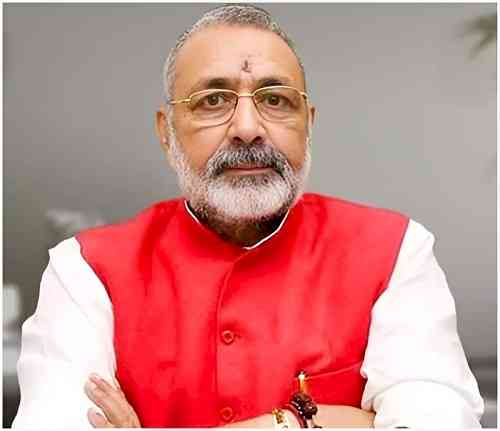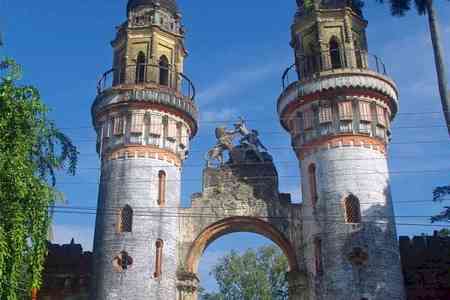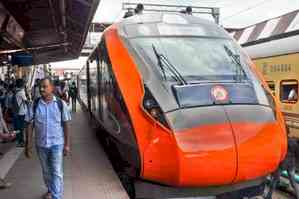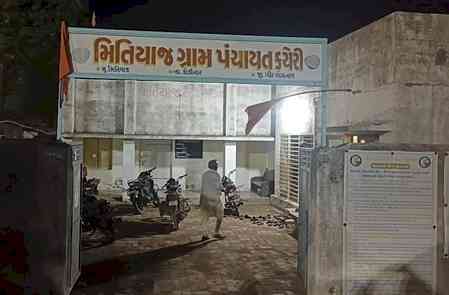The Ultimate Docker Certification guide for 2022

As organizations adopt Cloud services, Docker keeps gaining much popularity. Docker helps in containerization, packaging all the applications into modules that can be easily scaled and replicated independently.
Now, all the applications are currently moving toward the cloud. But becoming an expert in Docker will surely transform you into a hot-skilled individual within the IT realm. Through this guide, you gain some deep insights into the docker certification.
You will also find useful resources to help crack the DCA or Docker Certified Associate examination.
What is Docker? Why opt for it?
Before you get to the main part, it is essential to know about Docker. Docker is viewed as an open-sourced platform. The platform runs and develops applications within packages known as containers. All these contain carry all the things, which an application requires to run, such as
● Application Code
● System Tools
● Runtime
● Operating System
● System Libraries,
● Many other things
Docker can simplify distributing, managing, running, and building containerized applications. Also, when an application runs on your machine, it doesn’t mean it will work on your friend’s system.
Docker containers can allow you to use applications the same way they function on your machine. But there are numerous reasons why people cannot say no to the Docker Container. Here we have listed some of them:
● It enables quick software delivery cycles
● It can facilitate application portability
● Docker can allow the use of all the system resources much more efficiently
● It’s completely tailor-made for all the microservices architecture.
Everything you need to know about the Docker Certified Associate [DCA]
The Docker Certified Associate examination highlights all the crucial tasks a DCA operates during regular activities. Clearing out the docker certification exam will help you gain knowledge and understanding so that you can:
● Conduct all the general configuration and maintenance
● Run the containerization applications from all the previously-stored images within a centralized registry
● Troubleshoot and configure the Docker engine
● Resolve and prioritize all the problem reports from the stakeholders
● Deploy all the images across the cluster
● Migrate the traditional applications to the containers
If you’re a first-timer and wish to opt for the docker certification exam, you need to gain some good knowledge about Docker.
You can check out this video: https://www.youtube.com/embed/q3O5IRafjZU.
Benefits of DCA certification
Taking up the docker certification course can help you gain skills that are preferable in today’s job market. There are also some unique benefits that you will get when you opt for the doctor certification associate course.
● When you update your job profile with the official docker certification, you might get selected by the company.
● The Docker Certification, along with the CV, is highly valued and recognized globally
● After obtaining this certification, 26% of the candidates have reported job promotion. Besides that, around 35% of experts have seen an increase in their salaries.
What does the DCA Examination cover?
This section will teach you what the docker-certified associate exam covers. Let’s find out!
1. Orchestration [25%]
● Set up swarm mode cluster with the worker nodes and managers
● Illustrate and explain the orchestration activities
● Manipulate a specific stack of running traces
● Detect all the steps to troubleshoot a service that is not deploying
● Expand the number of publishing ports, add networks, mount volumes and replicas
● Explain and demonstrate how to utilize the templates with the docker service
2. Registry, Management, and Image Creation [20%]
● Demonstrate and detail how to apply the file to make the Docker image. After that, modify the image to one single layer, tag an image and display the layers of the Docker image.
● Explain the usage of the Dockerfile
● Depict all the options, like entry point, expose, volumes, copy, and add
● Login to the registry, deploy the registry and use the search option in the registry. You must also push an image, sign up for an image and then delete and pull the images through the registry.
● Exhibit and characterize the Dockerfile
3. Configuration and Installation [15%]
● Define the sizing needed for the installation work
● Define the usage of certification configuration, groups, and namespaces
● Troubleshoot the installation problem without any assistance
● Demonstrate and explain the repo setup and choose a specific storage driver. After that, install the Docker engine on numerous platforms.
● Illustrate and depict how to manage and build all the teams and users. You also need to configure the Docker Daemon to begin on boot and configure the backups for DTR and UCP.
● Demonstrate the configuration of logging the drivers and how to create a swarm. You also have to know how to add nodes, create a backup schedule and configure managers.
4. Networking [15%]
● Describe the contained network model and how it can interface with the IPAM drivers, Docker engine, and the network
● Explain the container network model of Kubernetes. You also need to explain how exactly it can route the traffic to the Kubernetes pods with NodePort and ClusterIP services
● Portray the various traffic flows between the UCP controls and various Docker registries and engines.
5. Security [15%]
● Demonstrate and describe how exactly a picture passes right through the security scan. You must also demonstrate and describe how to enable Docker trust and combine it with AD/LDAP. Other things you need to explain are how to create UCP client bundles and configure RBAC with UCP
● Explain the method of utilizing all the external certificates with UCP and DTR
● Define the MTLS, identity roles, and the swarm default security
● Define the security tasks and administration, the method of signing up an image and the default engine security.
6. Volumes and Storage [10%]
● Detect the right graph drivers so they can be used with numerous operating systems
● Block storage and compare the object and when exactly you must use it.
● Explain how a particular application gets composed of layers. Explain where exactly all these layers live within the filesystem.
● Define the usage of volumes with the help of Docker for persistent storage.
● Detects all the steps that must be taken to remove all the unused images on the DTR and filesystem.
Ending note,
The Docker Certification can teach learners about all the intricacies of Docker technology. The course begins with all the fundamentals of Docker. After that, it stretches to the more advanced topics, such as handling security and network, Docker Swarm, Docker Compose, etc.


 City Air News
City Air News 











